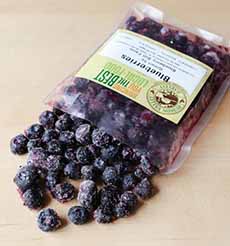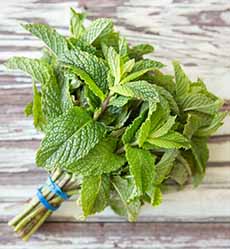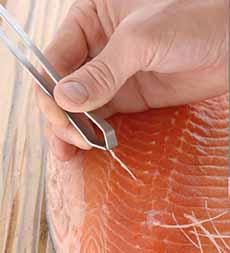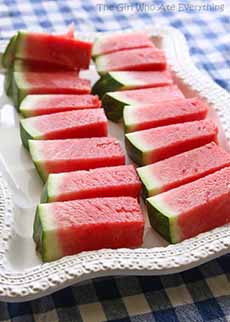|
We use weekends to try new cocktail recipes.
Restaurateur and chef Art Smith made these summery cocktails on a recent episode of his show, “Healthy Comfort,” an IGTV Show.
We give them both a thumbs-up.
Should you happen to have blueberry vodka or cucumber vodka, certainly substitute them for the plain vodka in the recipes.en
COCKTAIL #1: CHEF ART SMITH’S BLUEBERRY LIME SMASH
Ingredients For One Extra-Large Drink
1 ounce vodka
1 ounce simple syrup (make your own)
1 cup frozen blueberries
2 limes, cut in quarters) – 1 lime (4 quarters used for garnish)
Cracked ice
Preparation
1. FILL an Old Fashioned glass with cracked ice, to chill. Purée the blueberries in a blender or food processor.
2. MUDDLE in a mixing glass the simple syrup and four of the quartered lime wedges. Press to extract the juice without forcing the rind from the lime.
3. TRANSFER the ice from the Old Fashioned glass into the mixing glass, add the vodka and shake. Pour the entire drink with the ice into the chilled glass and garnish with 4 lime quarters
COCKTAIL #2: CHEF ART SMITH’S CUCUMBER-MINT FRUIT COOLER
Ingredients For 1 Pitcher
For The Cucumber Juice
2 seedless cucumbers*, chopped
2 cups green grapes
3 kiwi fruit, peeled
1 large bunch of fresh mint
Juice of 2 limes
1 cup of water
1 cup vodka, chilled
Ice cubes
Garnishes
Use extra amounts of the previous ingredients as garnishes. You can make a pick with grapes and kiwi, for example. Chef Smith squeezes some additional lime juice onto the drink.
Lime wedges
Frozen green grapes
Sliced kiwi fruit
Cucumber wheel
Mint Sprigs
Preparation
1. PLACE the cucumbers, grapes, kiwi, mint, lime juice and water in a blender. Blend until puréed (super-smooth).
2. PLACE a fine-mesh strainer over a large bowl or pitcher. Pour the purée through the strainer into the bowl/pitcher. Press on the pulp to extract as much juice as possible. Discard the pulp.
3. FILL a pitcher with ice and pour in the cucumber juice. Mix in the cup of chilled vodka.
4. GARNISH the glasses (Old Fashioned) as desired and serve.
|

[1] Chef Art Smith’s summer cocktails: Blueberry Lime Smash and Cucumber Mint Cooler (photo © Chef Art Smith).

[2] Frozen blueberries (photo © Our Harvest).

[3] Seedless cucumbers. See the footnote below for the types (photo © Markus Winkler | Unsplash).

[4] Fresh spearmint (photo © Good Eggs).
|













